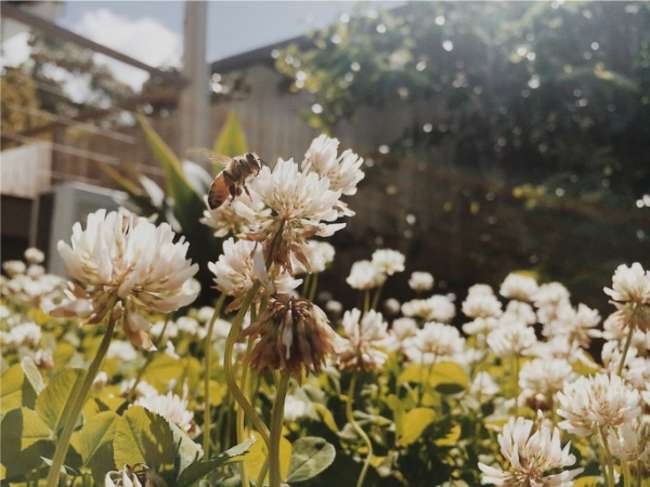

We may earn revenue from the products available on this page and participate in affiliate programs. Learn More ›
Home Advice You Can Trust
Tips, tricks & ideas for a better home and yard, delivered to your inbox daily.
Save the Bees

Bees play an essential role in our ecosystem, pollinating many of the fruit and vegetable plants that people eat. According to the Food and Agriculture Organization of the United Nations (FAO), most food crops depend on pollinators like bees to thrive. Unfortunately, however, the world’s bee population has experienced significant yearly declines, according to the U.S. Department of Agriculture (USDA).
While widespread changes are required to create an environment that supports bees, there are also small-scale things you can do. Read on to learn about all the ways you can make your garden more bee-friendly.
Plant Flowers That Bees Love
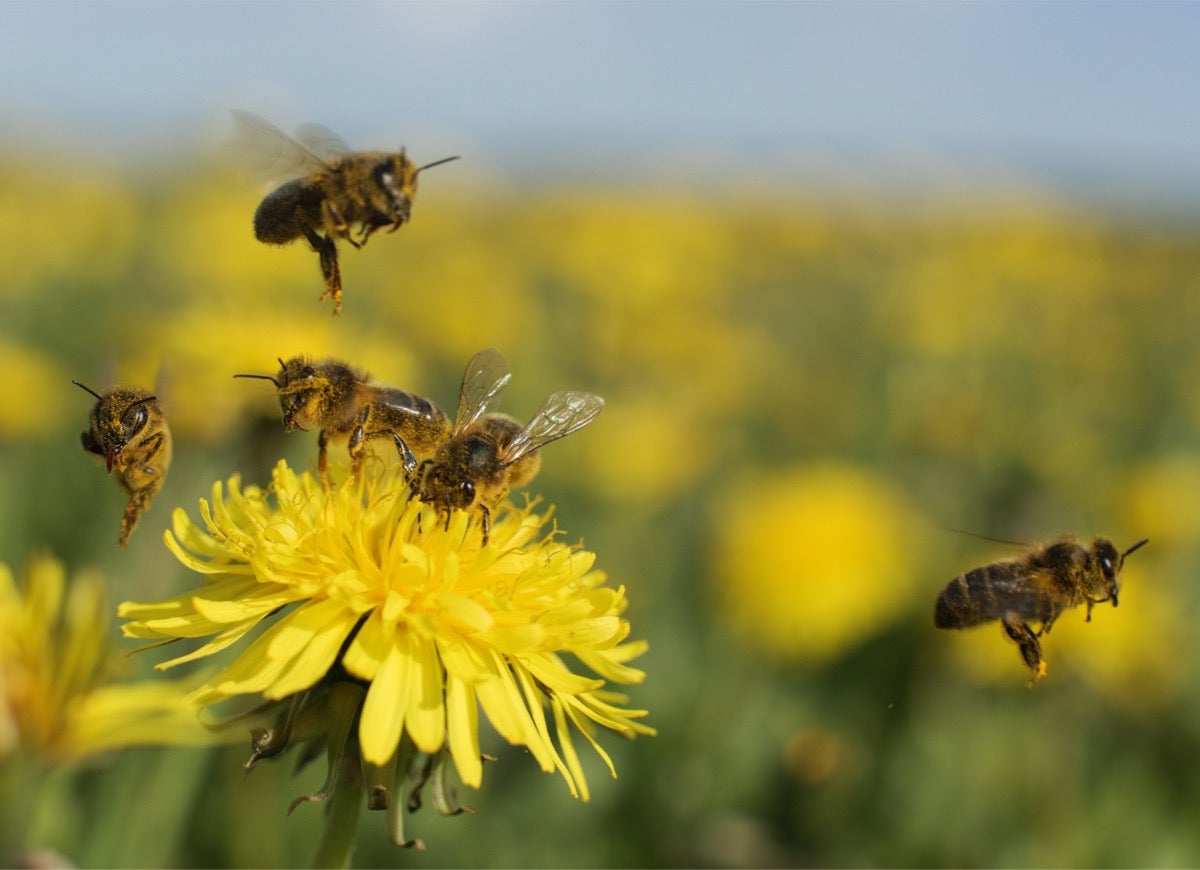
The easiest way to attract bees to your yard is by planting flowers that draw them in. Choices like coneflowers, black-eyed Susan, sunflowers, and lavender are some of bees’ favorite treats, containing pollen and nectar that they love. The best part is, these flowers also add a pop of color to your garden, making them enjoyable for bees and humans alike.
Ensure There Are Always Flowering Plants
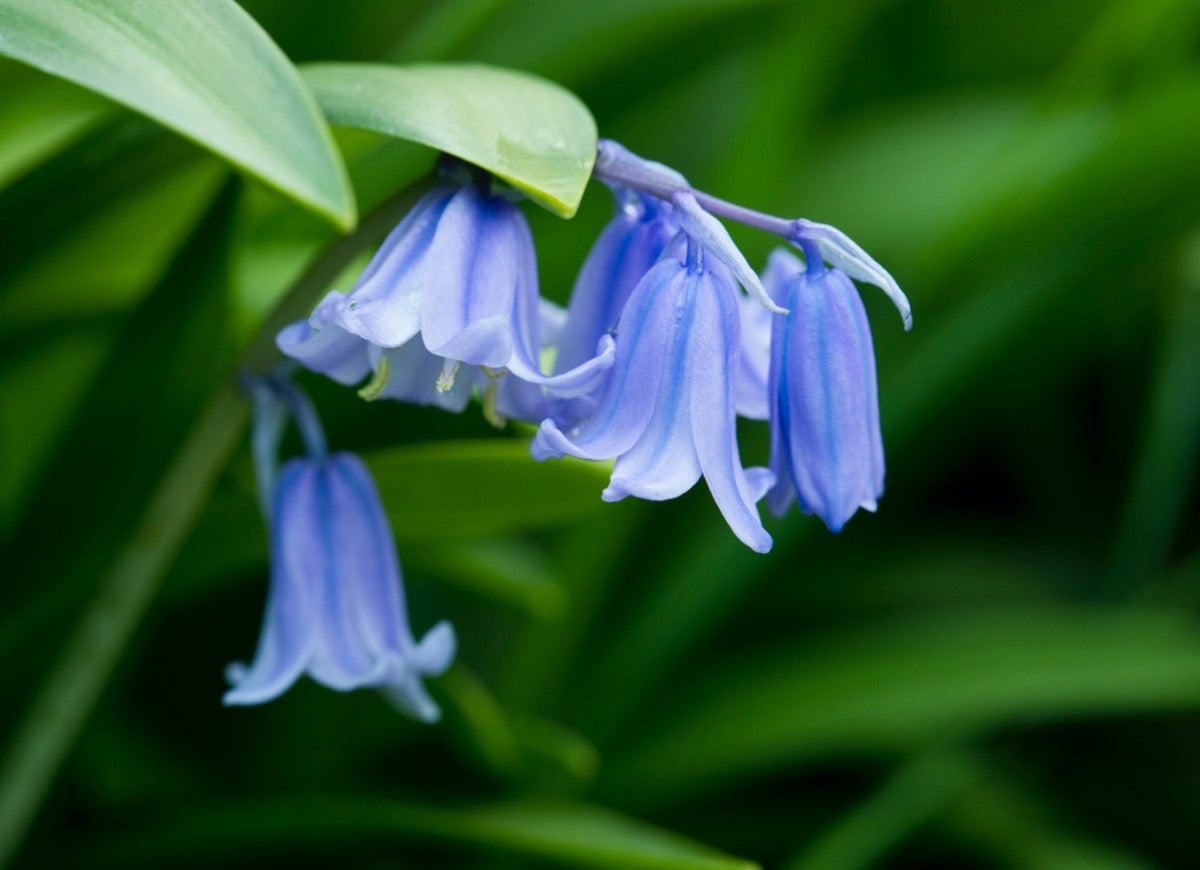
When choosing which flowers to plant, a key consideration is when they bloom. Ideally, your garden should include bee-friendly plants that flower at different times of the growing season so that there’s always something to keep bees interested. Some picks for spring include bluebells, crocuses, and dandelions, while early summer will bring blooms from hollyhock, poppies, sweet peas, and thyme. In late summer, make sure you have something like foxglove, honeysuckle, or buddleia to provide pollen and nectar.
Opt for Variety
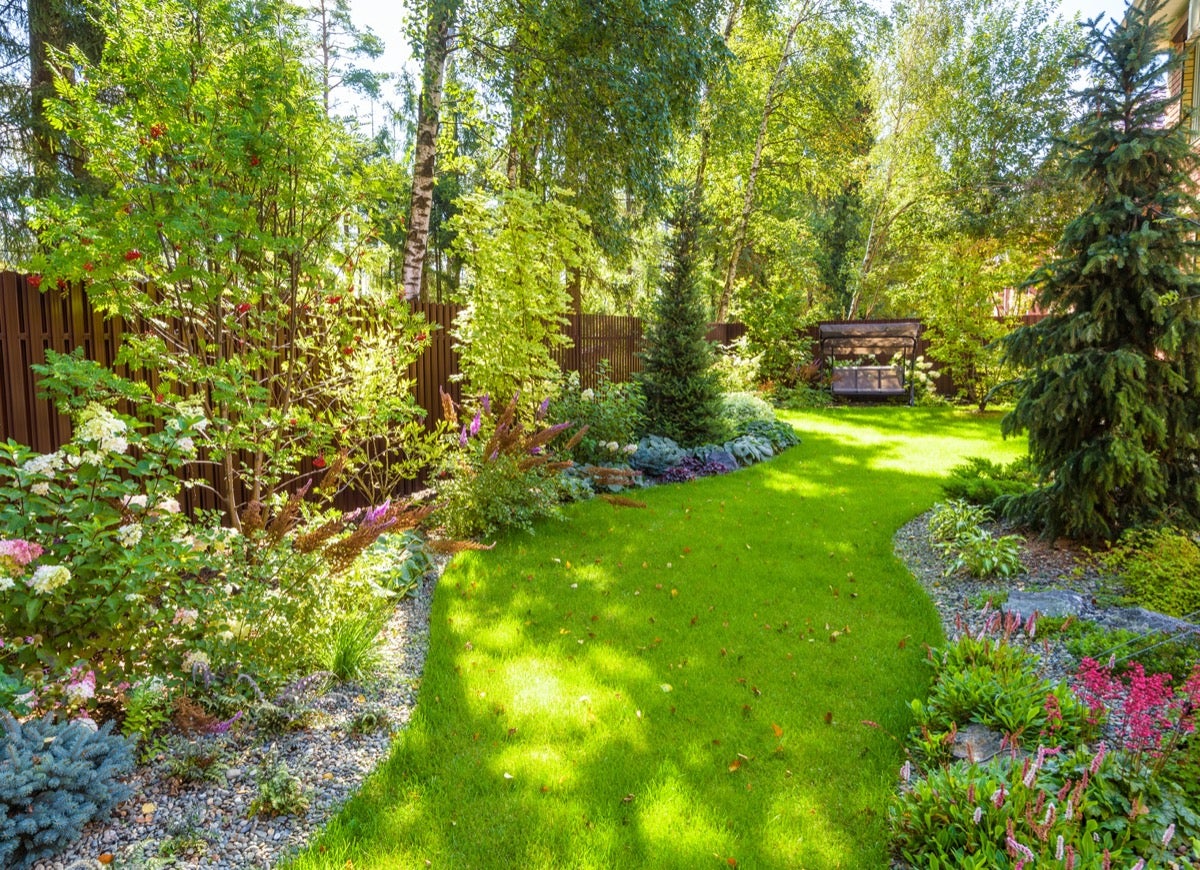
Biodiversity is essential to keep our ecosystem thriving, and the same is true of creating an ideal environment for bees. Along with ensuring you have flowers blooming throughout the growing season, it’s important to maintain plants and flowers of different sizes. The wider variety of flora you have, the more helpful pollinators you’ll attract to the area.
Provide a Water Source
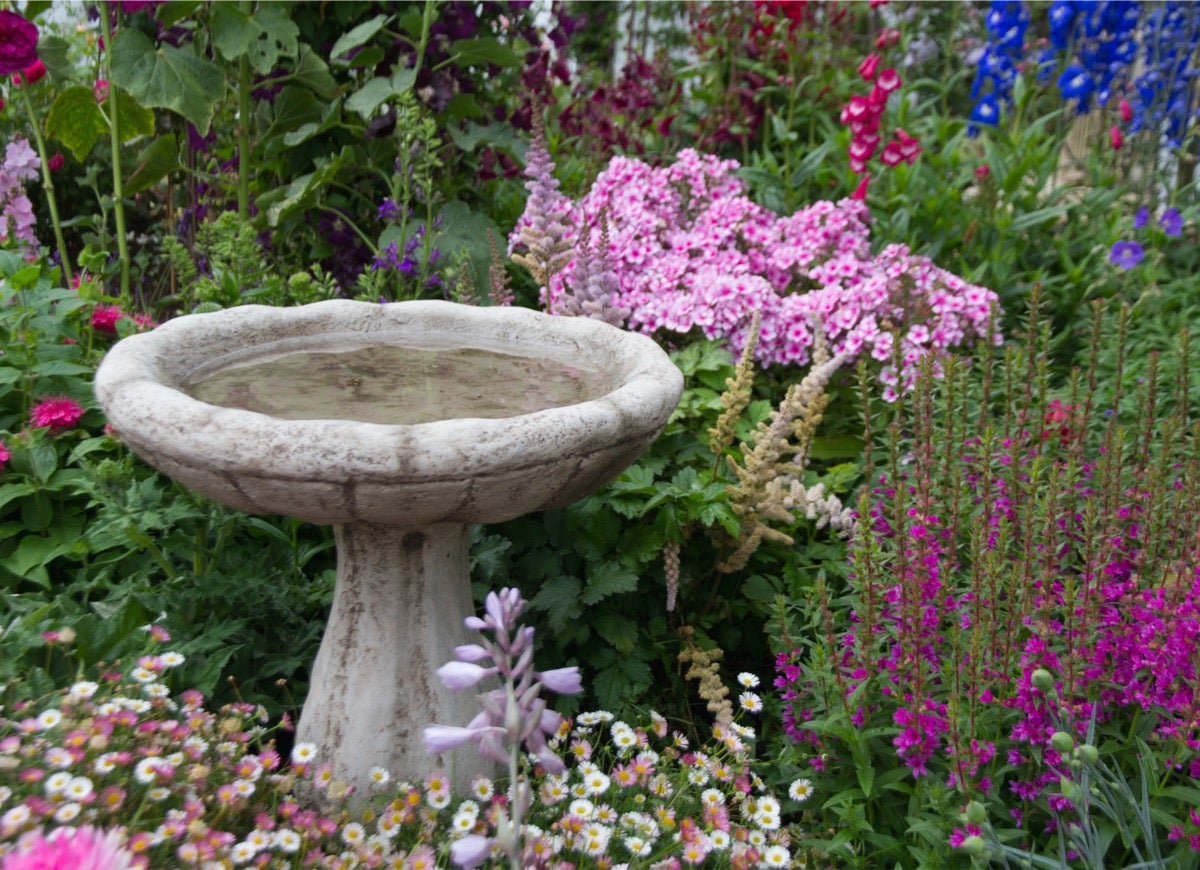
All bees need water, and ideally, a perch from which to comfortably drink. While natural water sources and even puddles will suffice, consider adding a permanent water fixture to your garden to keep local bees hydrated. A shallow birdbath works well, as does a bucket or planter with a couple of inches of water in it. Add some small stones to the water so that bees have somewhere to stand while they drink.
Eliminate Pesticides
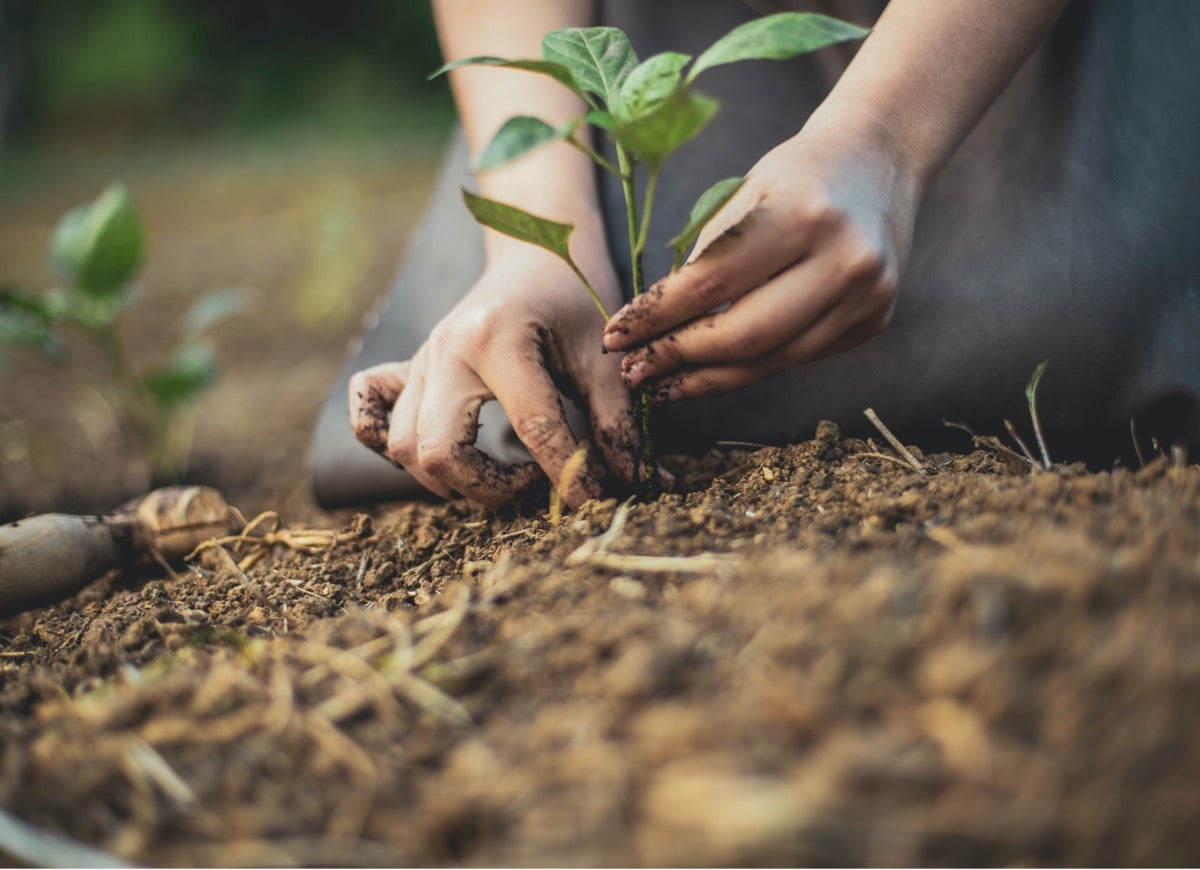
While you might use pesticides to protect your garden from unwanted bugs and other critters, they’re unfortunately toxic to bees as well. Luckily, there are still natural ways that keep pests at bay without harming essential pollinators. One option is diatomaceous earth, a substance made out of tiny particles of fossilized algae. Alternately, consider planting companion plants that act as bee-friendly deterrents to other pests.
Build a Shelter
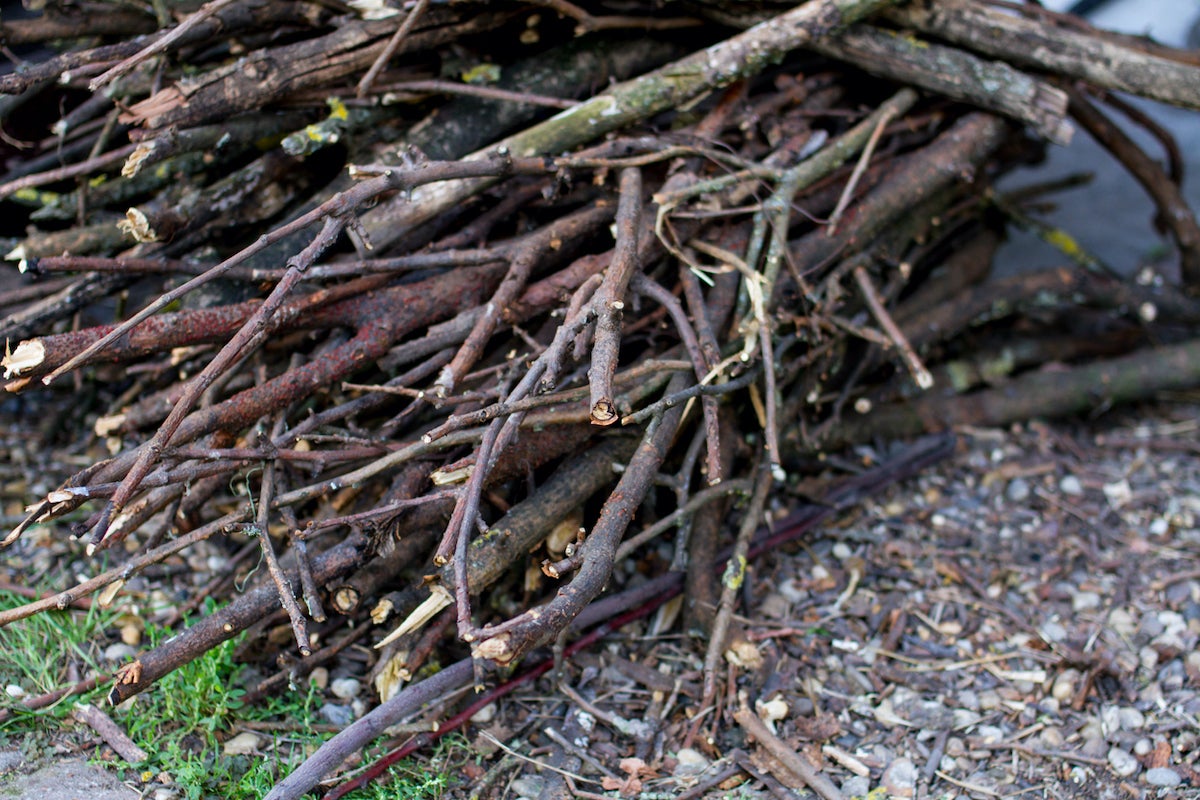
Various species of bees need shelter from the elements if they find themselves away from their hive. An ideal bee shelter could simply be made from an upturned planter or another container with holes drilled in it to provide easy access. Another easy way to provide shelter is by leaving piles of twigs throughout your lawn or garden where bees can escape from the sun.
Make a Bee Hotel
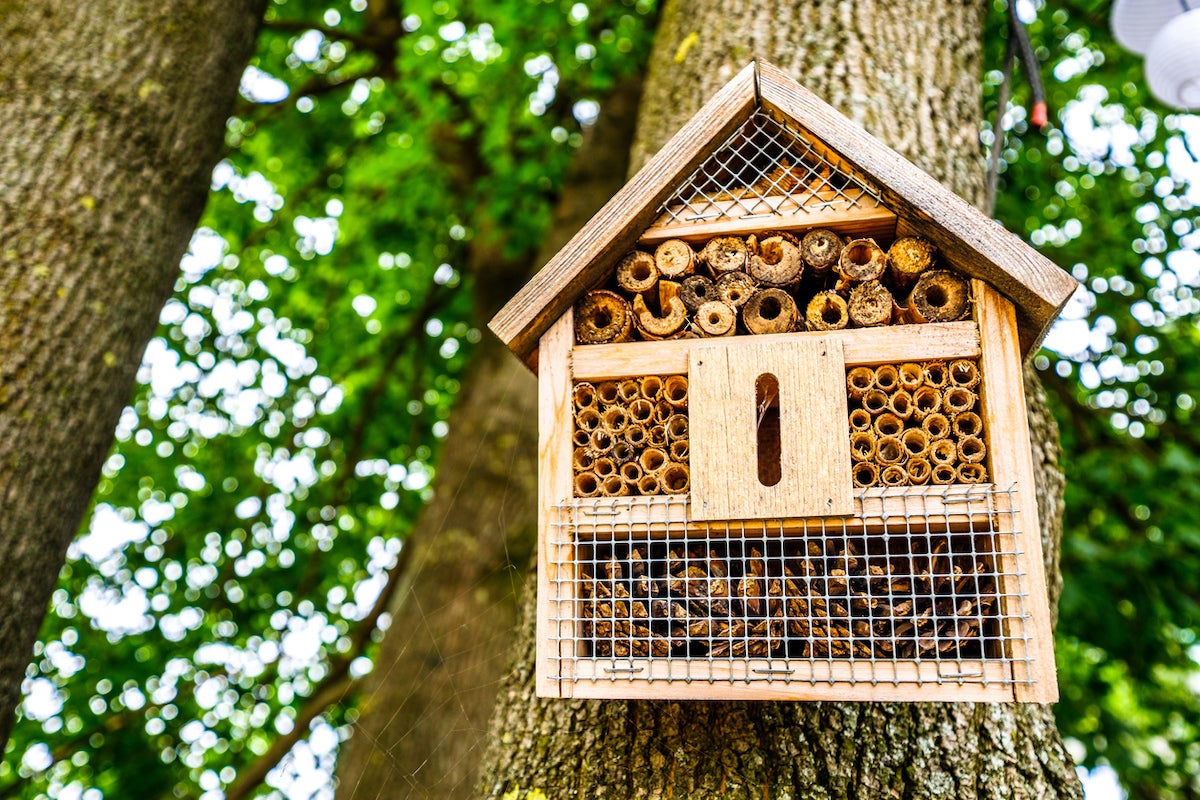
For solitary bees who might be looking for a more permanent residence, you can build a bee hotel designed specifically for their needs. You can opt to purchase premade bee houses, or make your own as an easy DIY project. All you need is some wood, bamboo shoots, or bee tubes (available on Amazon), and some basic building supplies, and you’re good to go!
Leave a Mess
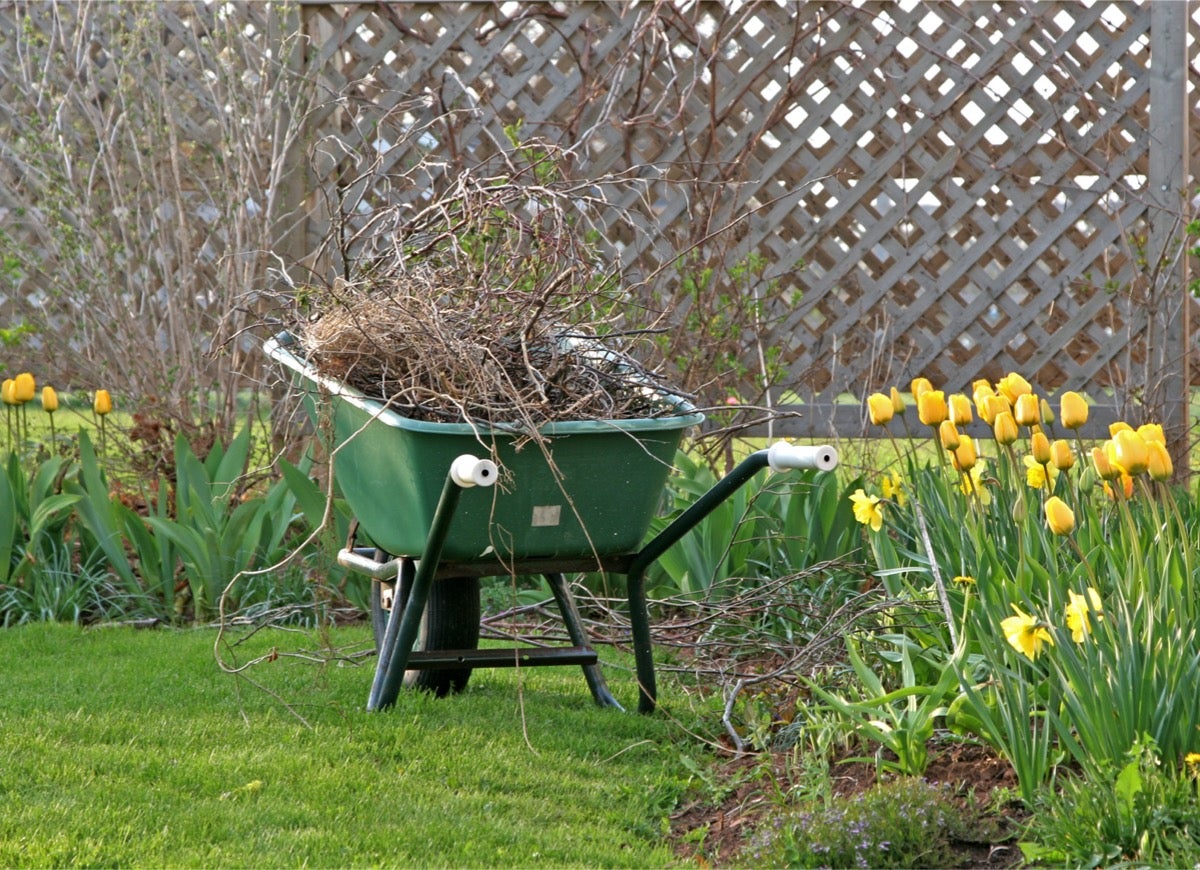
One of the easiest ways to make your garden bee-friendly is by doing nothing at all! While manicured lawns and gardens might look great, bees actually like a little bit of a mess. Leave a patch of earth unplanted and untended to give them somewhere to create ground nests. Allow some fallen tree branches to stay where they are. When raking leaves in the fall, make sure to leave some behind for bees to use as temporary habitats.
Leave the Weeds
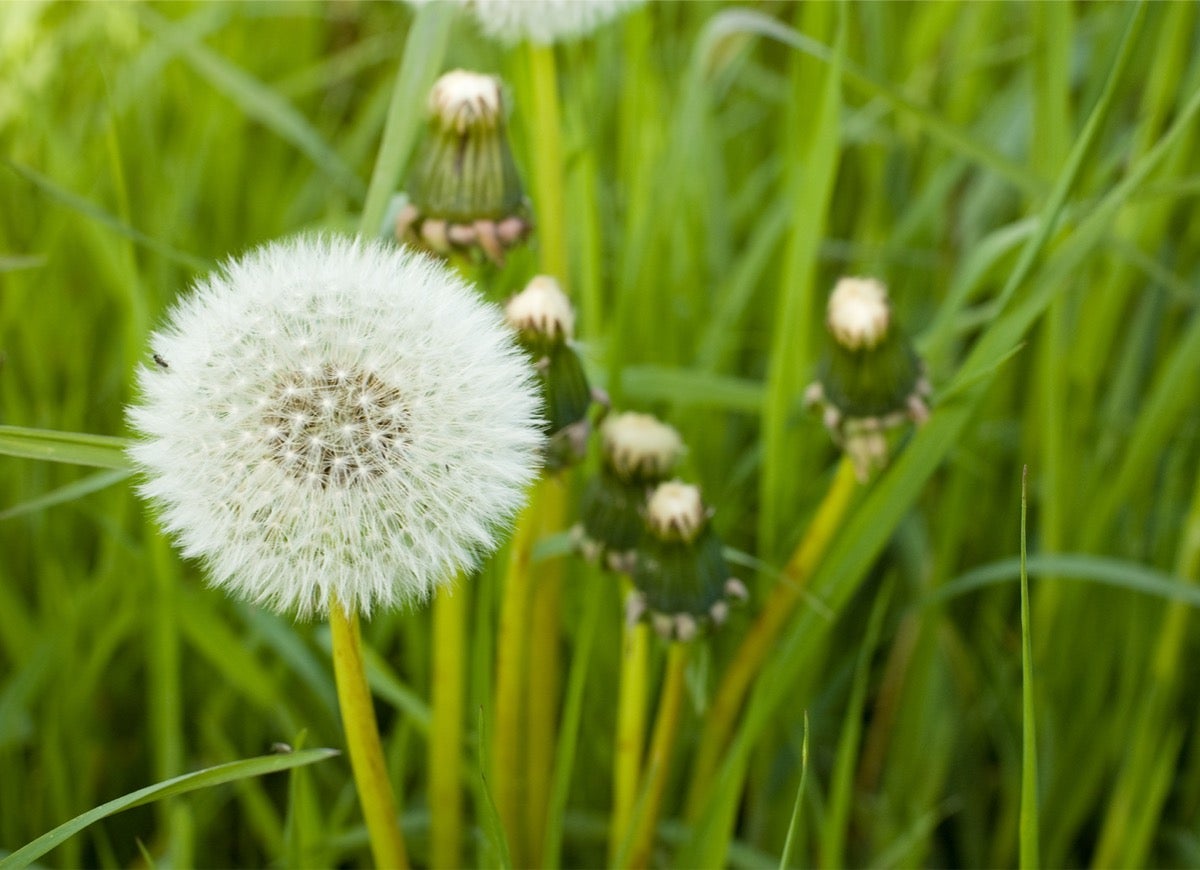
Bees need nectar and pollen to survive, which they gather largely from flowering plants. At some points in the year, however, there aren’t many options available. What they can use for sustenance, however, are weeds that many gardeners remove. Rather than meticulously weeding your lawn and garden, consider leaving some weeds behind to attract bees. Clover, dandelions, creeping Charlie, and bee balm should all be left to grow if possible.
Allow Vegetables to Bolt
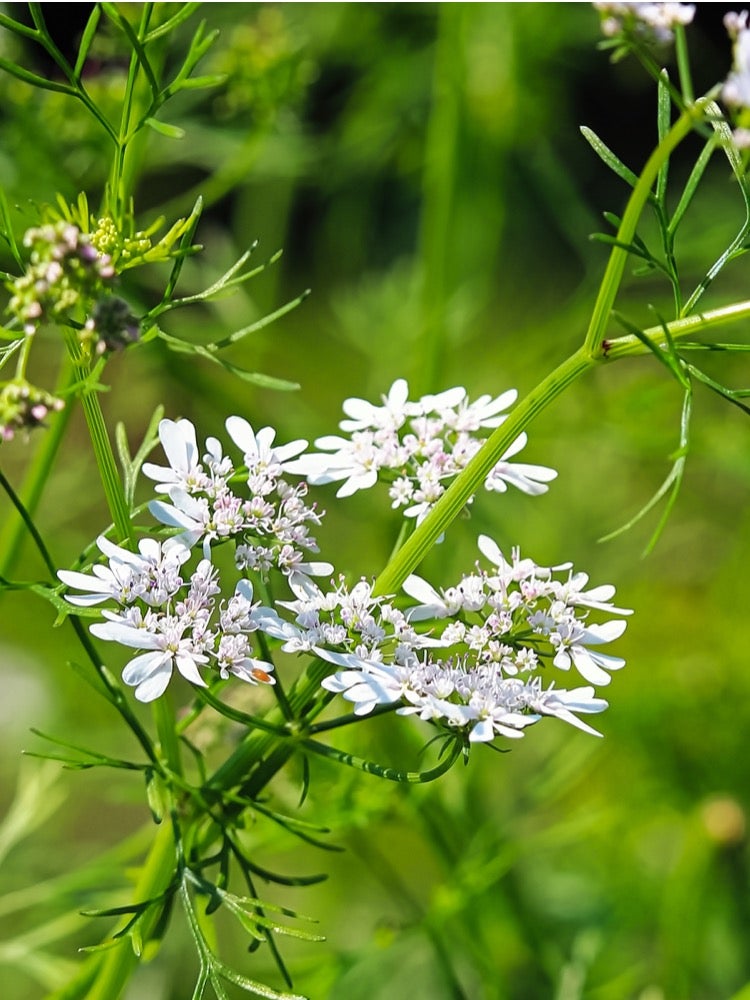
Warm temperatures and other issues might cause vegetable and herb plants to “bolt,” meaning they begin to produce flowers rather than new leaves. While this is generally considered to be undesirable, it’s actually great for bees. Once a plant has fully bolted, it’s likely not salvageable, but if you leave it as is, bees will enjoy the blossoms.
Bee Friendly to your flying friends
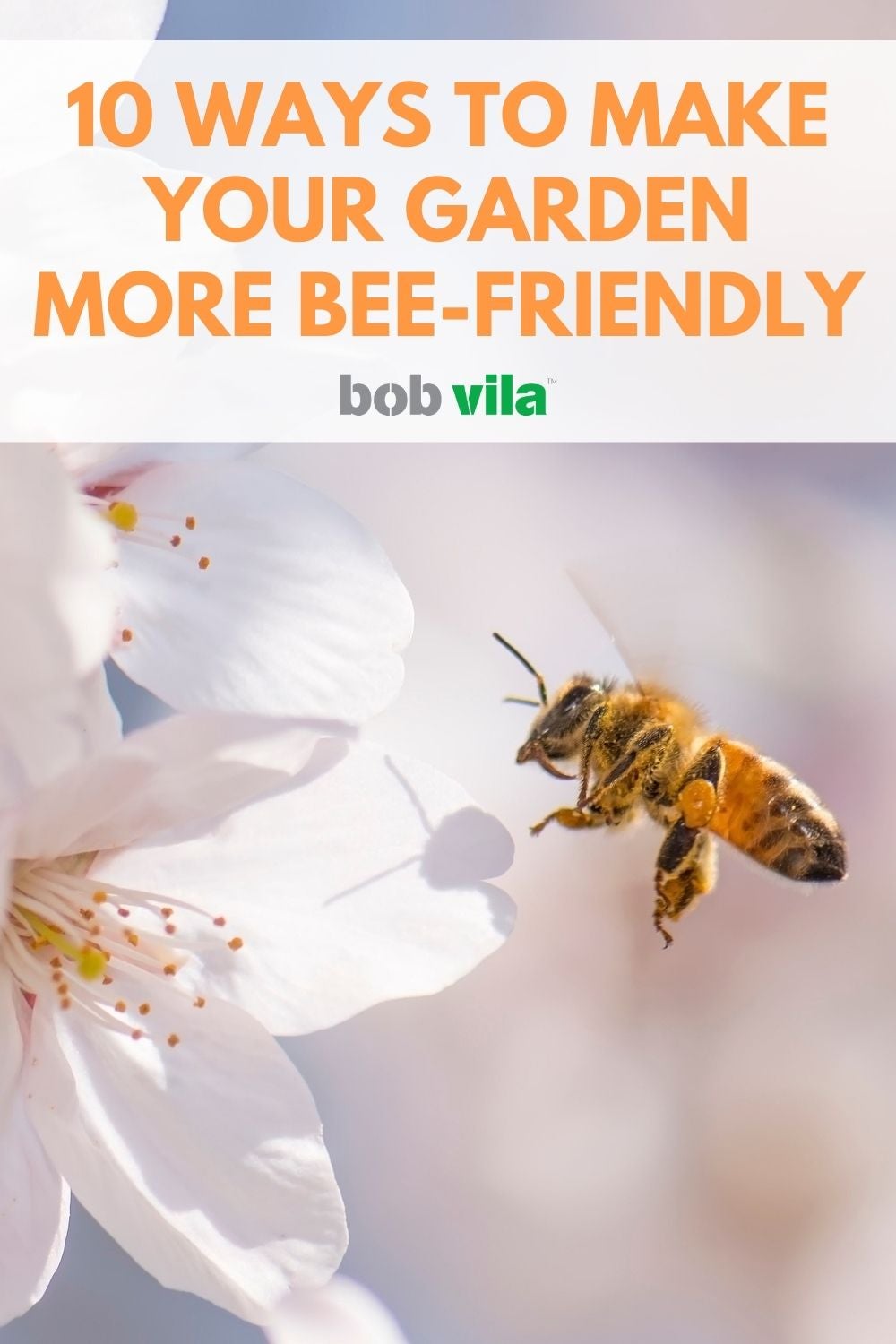
The majority of people are afraid of these flying insects, but fear no more. Bees are pollinators and need the flowers to get the job done. Make your garden as welcoming as possible by including some of these plants in your back or front yard.

All You Need to Care for Your Lawn & Garden
Keeping your grass green and your plants thriving doesn’t just take a green thumb—it starts with the right tools and supplies.